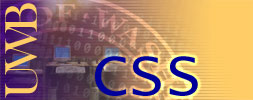
 |
|
Wide-Baseline Stereo Vision for Terrain Mapping
Clark F. Olson and Habib Abi-Rached Machine Vision and Applications, 21(5):713-725, August 2010. Download (1073 K) Terrain mapping is important for mobile robots to perform localization and navigation. Stereo vision has been used extensively for this purpose in outdoor mapping tasks. However, conventional stereo does not scale well to distant terrain. This paper examines the use of wide-baseline stereo vision in the context of a mobile robot for terrain mapping, and we are particularly interested in the application of this technique to terrain mapping for Mars exploration. In wide-baseline stereo, the images are not captured simultaneously by two cameras, but by a single camera at different positions. The larger baseline allows more accurate depth estimation of distant terrain, but the robot motion between camera positions introduces two new problems. One issue is that the robot estimates the relative positions of the camera at the two locations imprecisely, unlike the precise calibration that is performed in conventional stereo. Furthermore, the wide-baseline results in a larger change in viewpoint than in conventional stereo. Thus, the images are less similar and this makes the stereo matching process more difficult. Our methodology addresses these issues using robust motion estimation and feature matching. We give results using real images of terrain on Earth and Mars and discuss the successes and failures of the technique. |